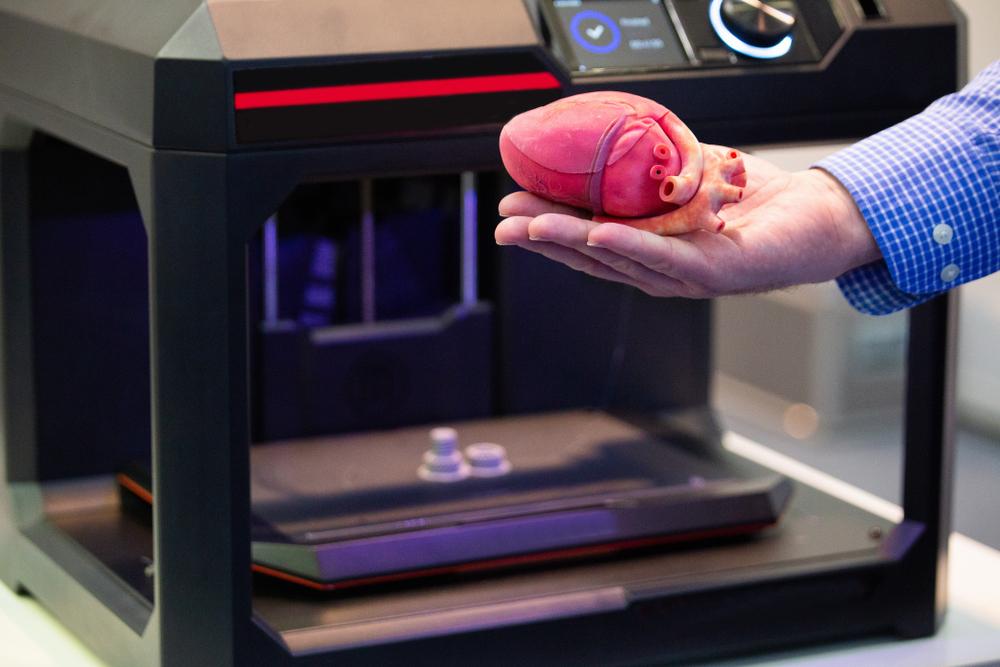Custom Prosthetics and 3D Printing in Healthcare
3D printing is being widely used to create custom prosthetics and implants tailored specifically for individual patients. This allows prosthetics and implants to be designed with precision to fit the unique anatomy and needs of each person. Complex geometries can be achieved that were not possible with traditional manufacturing methods. Patients benefit from prosthetics and implants that are more comfortable and functional.
One example is the use of 3D Printing in Healthcare to create precise bone implants. CT or MRI scans of a patient's anatomy are used to generate 3D digital models. Implants can then be designed and printed with intricate internal and external structures that are an exact match to the patient's missing or damaged bone. This allows for optimal integration and healing when surgically placed.
Tissue Engineering and Organ Printing
Researchers are working to advance 3D bioprinting techniques that can someday print living tissues and organs. The goal is to address the critical shortage of donors for organ transplants. Bioprinting involves layering live cells, nutrients, and scaffolds under precise spatial control to mimic the cellular structure of natural tissues and organs.
Some successes so far include printing skin and cartilage tissues that have been implanted in animal models. Scientists have also bioprinted blood vessel networks, heart muscle patches, and sections of livers and kidneys. As the technology progresses, larger and more complex organs may become possible to print. This could revolutionize treatments for end-stage organ failure diseases.
Surgical Models and Guides
3D printed models created from patient CT or MRI scans provide surgeons with highly accurate anatomical replicas to study prior to complex procedures. They offer a tactile representation that is sometimes more useful for planning than digital images alone. Surgeons can trial surgical tools and techniques on the physical model.
Printed surgical guides and templates also help to precisely guide instrumentation like drills, saws, and implants during operations. This enhances precision and safety compared to eyeballing anatomical landmarks. Guides have helped with procedures like skull reconstructive surgery, placing orthopedic implants, and performing image-guided biopsies. Overall, 3D printed models and guides can lead to better surgical outcomes.
Get More Insights on- 3D Printing in Healthcare



